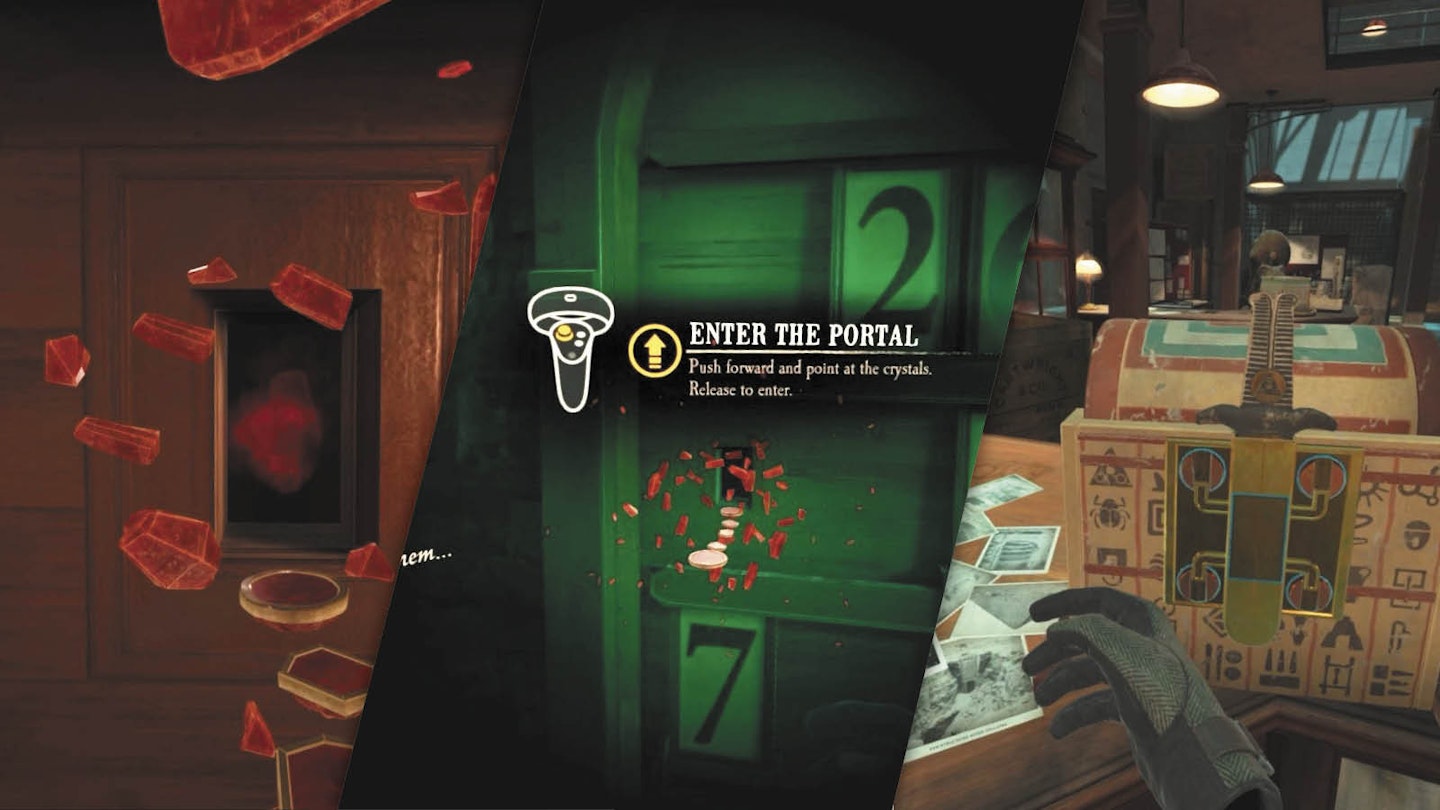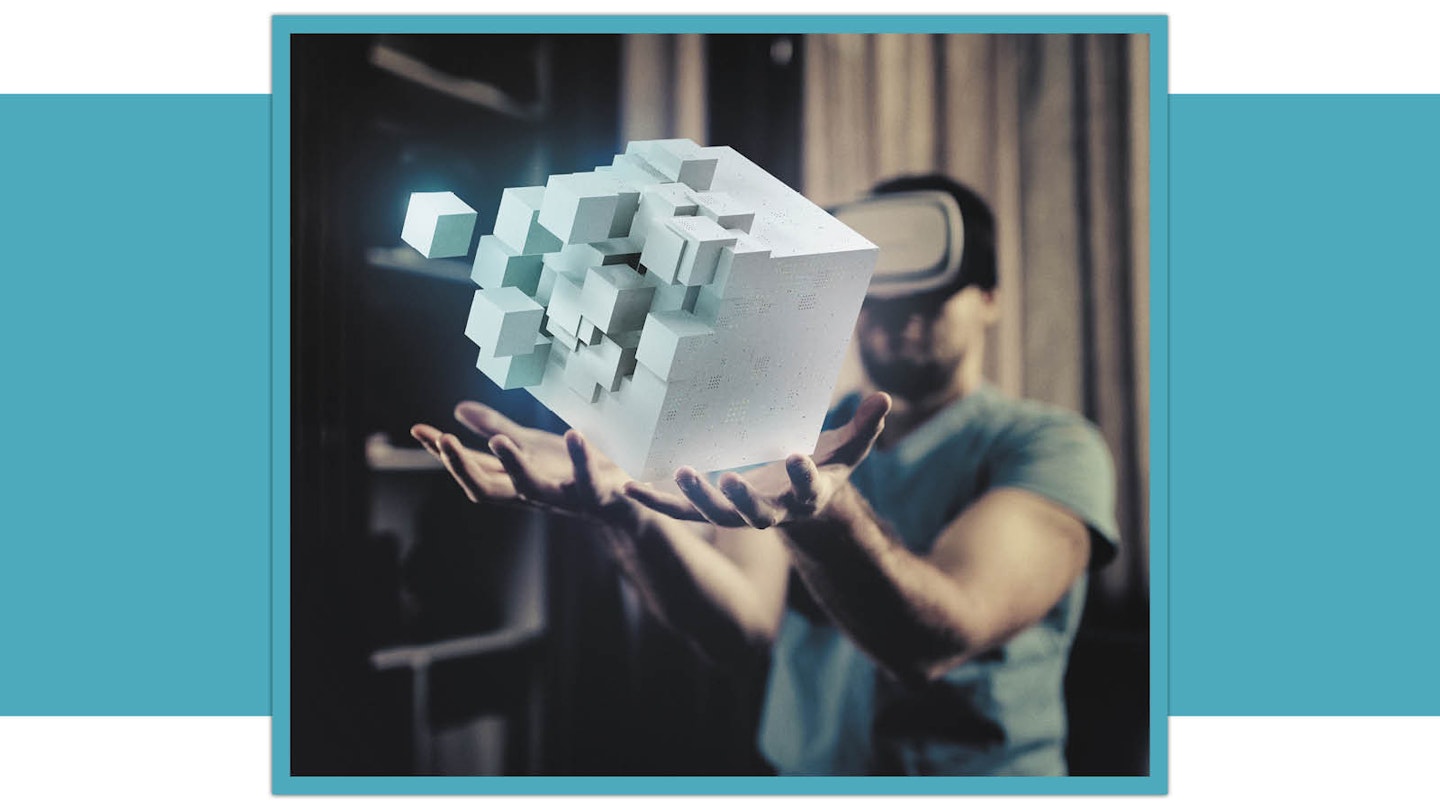Virtual reality is a growing industry. In 2020, the AR (Augmented Reality) and VR (Virtual Reality) market grossed a total of $12 billion.
The beginnings of VR
The foundations of today’s VR technology date to the 1950s when Morton Heilig, a Hollywood cinematographer, began work on an early version of a virtual reality machine in 1956. ‘Sensorama’ was a large booth combining full colour 3D video, audio, vibrations, smell, and atmospheric effects. He also patented the ‘Telesphere Mask’ – the first head-mounted display (HMD).
In 1965, Ivan Sutherland, a computer-graphics pioneer, presented his vision for the ‘ultimate display’ – a concept where a virtual world was viewed through an HMD and replicated so efficiently that the user would not be able to differentiate it from their physical reality.
Three years later, Sutherland and his student Bob Sproull created what is believed to be the first VR experience. The HMD consisted of two Cathode Ray Tube (CRT) monitors capable of projecting digital wireframe graphics (a two-dimensional visualisation of an object projected onto a screen) and used a sequence of mirrors and prisms to superimpose the image over the real world.
The combination of these elements allowed for a 3D replica of a model on screen, and by moving their head, the user wearing the headset could see multiple angles. Due to its weight, it had to be suspended from the ceiling by a mechanical arm which enabled head movements to be tracked in real-time and was reminiscent of the legendary sword which hung over the head of Damocles. Thus, it adopted the name ‘The Sword of Damocles.’
Jump forward to 2010 and a further breakthrough, when 18-year-old Palmer Luckey developed a prototype of the Oculus Rift headset – the first to feature a 90-degree field of vision. Luckey went on to launch a Kickstarter campaign for his project which raised $2.4 million dollars. The Oculus Company was ultimately bought by Meta in 2014 for $2 billion dollars, after which the interest in virtual reality rapidly gained momentum.
Virtual reality gaming
Virtual reality games range from action-packed titles like Beat Saber or Fruit Ninja to leisurely experiences such as golf or meditating in the middle of a forest – because why would you go out into the fresh air for that? Much like the headset technology, games are advancing too, with ever more ingenious and intuitive experiences. But, perhaps one of the most interesting developments in the increase in puzzle games.
VR developers, recognising the popularity of physical escape rooms, have taken them to wondrous new heights. Without the limits of four walls, they have created entire worlds within which to solve cryptic clues.
I recently completed The Room VR: A Dark Matter, and it was an extremely atmospheric experience – alone in the storage room of the British Archaeological Institute examining riddles on ancient artefacts, puzzling through a gigantic chapel, and solving my way out of a witch’s hut, all as if I were really there.

The VR escape rooms can take on characteristics that are impossible in their physical counterparts – such as the ingredients you collect and the puzzles you solve creating a bubbling green potion in the witch’s cauldron – and it completely transformed the escape room experience.
Beyond escape rooms
Of course, escape rooms are just one type of puzzle game that we love completing through VR – many of which incorporate puzzle elements into their narratives.
Down the Rabbit Hole is an adventure VR game inspired by Alice in Wonderland. Set before Alice’s arrival, the story follows a young girl in search of her pet, Patches, who has wandered into the mysterious world. You control her destiny as you guide her through the twists and turns of the of the game, solving puzzles and uncovering secrets through a 360-degree diorama of Lewis Carroll’s anthropomorphic universe.
The developers of the classic 1993 game Myst have reimagined the adventure for VR, where ‘every rock, every scrap of paper, and every fleeting sound holds a clue to an ancient mystery.’ You’ll visit stunning locations as you unravel the secrets as to what happened on the island and uncover a family betrayal. Awe-inspiring graphical realism blurs the line between fantasy and reality, in a game that will ‘challenge your wits, instincts and powers of observation like never before.’
Moss is a single-player action/adventure puzzle game, that has been tailor-made for VR, combining classic elements such as enthralling characters, combat situations and captivating exploration of an imagined world with the virtual reality experience. While exploring the woods, Quill – a ‘young mouse with dreams of greatness beyond her settlement’ – uncovers a mysterious Glass Relic and unleashes an ancient magic throughout the universe. Together, you and Quill must embark on an epic journey as you venture through forgotten kingdoms, solving perplexing puzzles and battling adversaries.

What’s in store?
Developers are constantly looking for ways to improve VR such as with better tracking, better graphics, and a more comfortable experience. But they are also attempting to bring more of the real world into a virtual space – leaning towards multi-sensory experiences, similar to the Sensorama, with the hopes of someday replicating a 4D experience by including smell into their virtual realities too.
But of course, this means nothing without any games to play. Christmas 2023 saw new VR experiences on present lists, with titles such as Resident Evil 4, Ghostbusters Rise of the Ghost Lord and Assassin’s Creed Nexus all vying for supremacy.
With advancements moving as quickly as they are, the future of virtual reality is certainly exciting.
